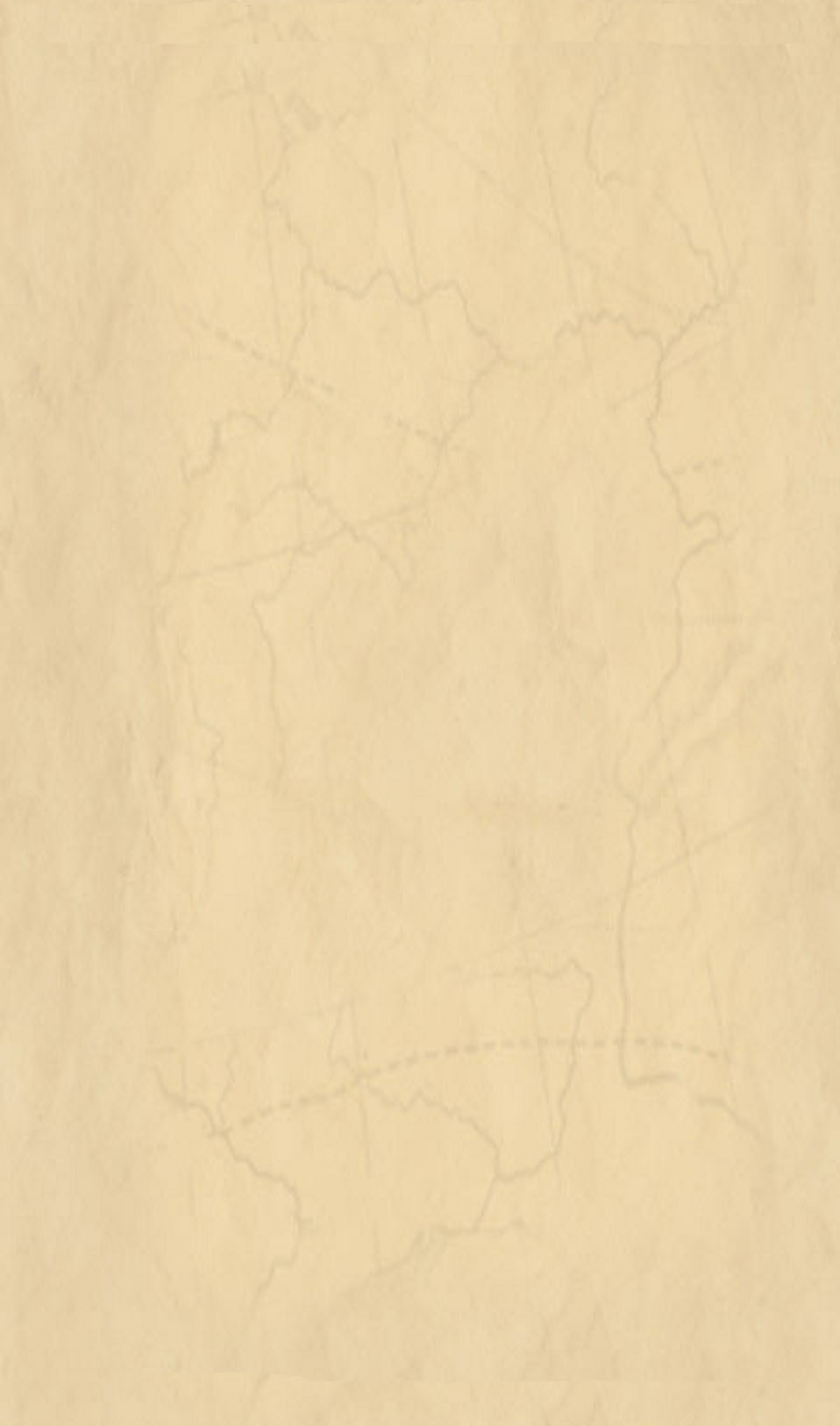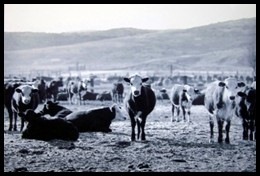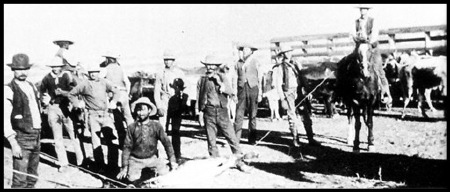| |

|
Temecula Valley Historical Society |




| The Vails |

Walter Lennox Vail 1852 - 1906 Mahlon Vail 1890 - 1965 |
In 1876 Walter L. Vail, a native of Liverpool, Nova Scotia and Herbert Hislop, an Englishman purchased the 160 acre Empire Ranch located southeast of Tucson, Arizona. Over the years Vail, along with various partners, expanded the original land holdings to include over one million acres. In 1881 Margaret Newhall married Walter Vail and moved to Arizona. The next year the Southern Pacific R.R. built a railroad line that provided a means for the Vails to ship their cattle. In 1882 the Empire Land & Cattle Company was formed with Walter Vail as principal shareholder. Then in 1890 Ned Vail and Empire foreman Tom Turner drive over a 1,000 head of cattle overland to Warner's Ranch, California to defeat the Southern Pacific R.R. rate increase for shipping cattle. This would be the beginning of future efforts to purchase land in Temecula Valley and the formation of Vail Ranch. Then in 1901 Vail and his partner C.W. Gates bought the entire Santa Rosa Island off the California coast for cattle grazing. |

From the 1800s until the 1960s, cattle remained the backbone of the local economy. The grazing land around Temecula was owned and leased by various ranchers until 1904, Walter Vail began to buy up the local ranches. He pieced together the four Mexican land grants - Pauba Rancho, Santa Rosa Rancho, Temecula Rancho and Little Temecula Rancho to form the Pauba Ranch. |
Eventually, the Vails would own more than 87,500 acres surrounding the little town of Temecula. When Vail was tragically killed in a Los Angeles streetcar accident in 1906, the Empire Land & Cattle Company (later the Vail Company) took over control of his Temecula Valley ranches. Two of his sons ran the Empire Ranch and associated properties. Walter’s youngest son, Mahlon Vail, took over and managed the Temecula operation for many years. The Empire Ranch in Arizona was sold in 1928, and the Temecula area ranches became the primary Vail Ranch lands. Originally it was simply open grazing, but by the 1940s, the Vail Ranch had become a huge feed yard, where cattle were fattened and finished for market. Hoping to grow more and more of their own feed, the Vails decided to dam Temecula Creek and develop an irrigation system for the ranch. The dam was completed in 1948, forming Lake Vail behind it. |

Southern California
was growing, but Temecula remained much the same. Cattle still roamed
the Vail ranch, and as one Elsinore newspaperman joked, the little
town had no place to go but up. |

